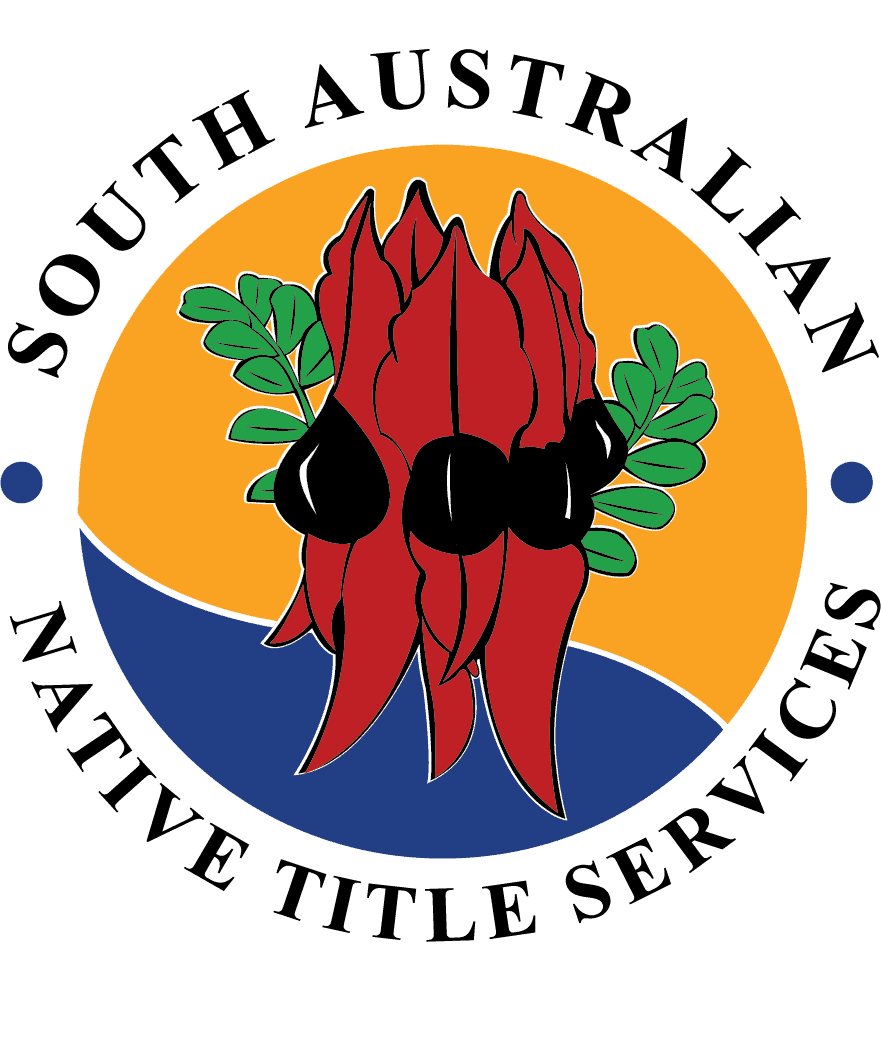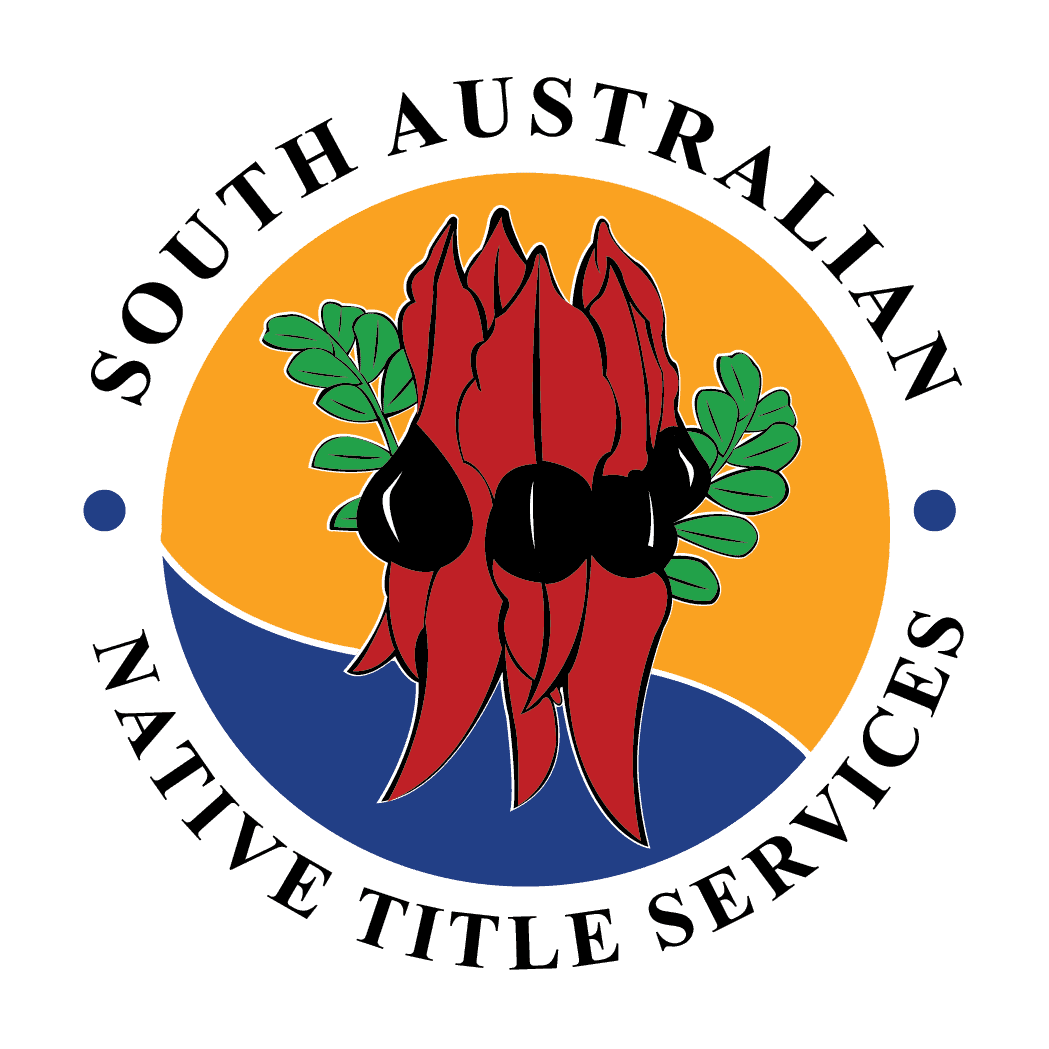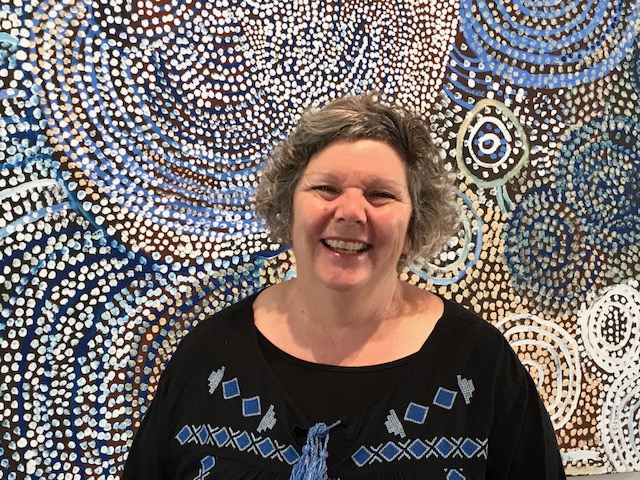A partnership between South Australian arts organisations has created an opportunity for an Aboriginal or Torres Strait Islander artist to develop their work and have it showcased at the popular festival of contemporary Indigenous art – Tarnanthi.
The Art Gallery of South Australia and Guildhouse, a professional development organisation for artists, have announced that the Catapult Tarnanthi Mentorship is inviting applications until Tuesday 2 October.
Find out more here:https://guildhouse.org.au/programs/catapult-tarnanthi-mentorship/
Artistic Director of Tarnanthi Nici Cumpston says that the nine-month mentorship program is about linking a creative person up with another artist who inspires them.
“We’ll support an opportunity for people to work with someone that they aspire to, you know, someone who they feel is someone that they’d like to learn from.
“It can be anyone, it doesn’t have to be an Aboriginal artist. It can be an artist across any field working within the state of South Australia” she told Aboriginal Way.
The mentorship offers an opportunity for experimentation in any field of artistic practice says Ms Cumpston.
“Well, really, we see it as an opportunity for people to experiment, to think about new ways of working and to dream big. Think about what it is that you’d really want to do that you might not be able to do without the support of someone helping to guide you, and just to give you just some input towards your work and the way that you might like to develop part of your practice” she said.
The completed work resulting from the Catapult mentorship will be exhibited at the city-wide Tarnanthi Festival in 2019.
While the city-wide festival happens every second year, Tarnanthi has many forms, and has an important exhibition coming up soon.The work of renowned bark painter John Mawurndjul from Maningrida in Central Arnhem Land is due to appear at the Art Gallery of South Australia from the end of October.
The practice and work of John Mawurndjul has strong links with his culture and country said Ms Cumpston.
“The barks are all collected directly from the tree, and then cured, and then he mixes up ochre which is found from scared sites around the areas where he’s a custodian of those areas. And so that ochre is crushed and mixed and then applied to the bark with a manyilk, which is a sedge brush, so it’s all natural materials.
“All of the work that he creates has come directly from his homelands, and he’s sharing with us the very important, deep and rich cultural stories of the kunred, of the scared sites, and the different spirit beings that live there” she said.
Not all of Tarnanthi’s activities take place in Adelaide, with a symposium to be held in Port Augusta at the Yarta Purtli Gallery, organised by Ananguku Arts late in October.
“The symposium is really focused on the artists from South Australia, who are doing different projects, so they’ll be able to share their projects with a wider audience. It’s a great opportunity for us to hear directly from the artists, but then we’re also having some support from industry leaders.
“The Indigenous Art Code will be represented there, so really raising awareness, but also enabling artists to learn from each other and to have some interaction with each other during that time” Ms Cumpson said.
Another popular Tarnanthi event due to happen in 2018 is the Art Fair, which takes place at Tandanya.
“That’s another event where we will have artists from over 40 different art centres coming to Adelaide to sell their works of art and to be able to share stories. People can come and meet the artists directly and have an opportunity to see their work, but also learn a little bit more about how it is made and have some interaction with the artists” Ms Cumpston said.
The Art Fair as well as the Symposium and other opportunities offers people an important opportunity to interact with practicing artists said Ms Cumpston.
“I think it really helps us all to see the diversity of practice that’s happening across the nation, and also just gives us a chance to be able to purchase work, but also to meet artists. And it’s not often that we get this opportunity to have so many people here at once.
“And so that’s what’s been really wonderful about the Tarnanthi programme, is being able to support the artists to come and to share with us all.
Find out more about the Tarnanthi Guildhouse Catapult Mentorship here:https://guildhouse.org.au/programs/catapult-tarnanthi-mentorship/
Photo of Nici Cumpston above in front of picture – Milatjari Pumani, Yankunytjatjara people, South Australia, born 1928, Amuroona, South Australia, died 2014, Mimili, South Australia, Ngura Walytja ‑ This is my place, 2009, Mimili, South Australia, synthetic polymer paint on linen, 182.0 x 182.2 cm; South Australian Government Grant 2009, Art Gallery of South Australia, Adelaide
By Lucy Kingston
SANTS acknowledges that the land on which our office is based is the traditional lands for the Kaurna people and we respect their spiritual and cultural relationship with their country.



 Protected by Patchstack
Protected by Patchstack